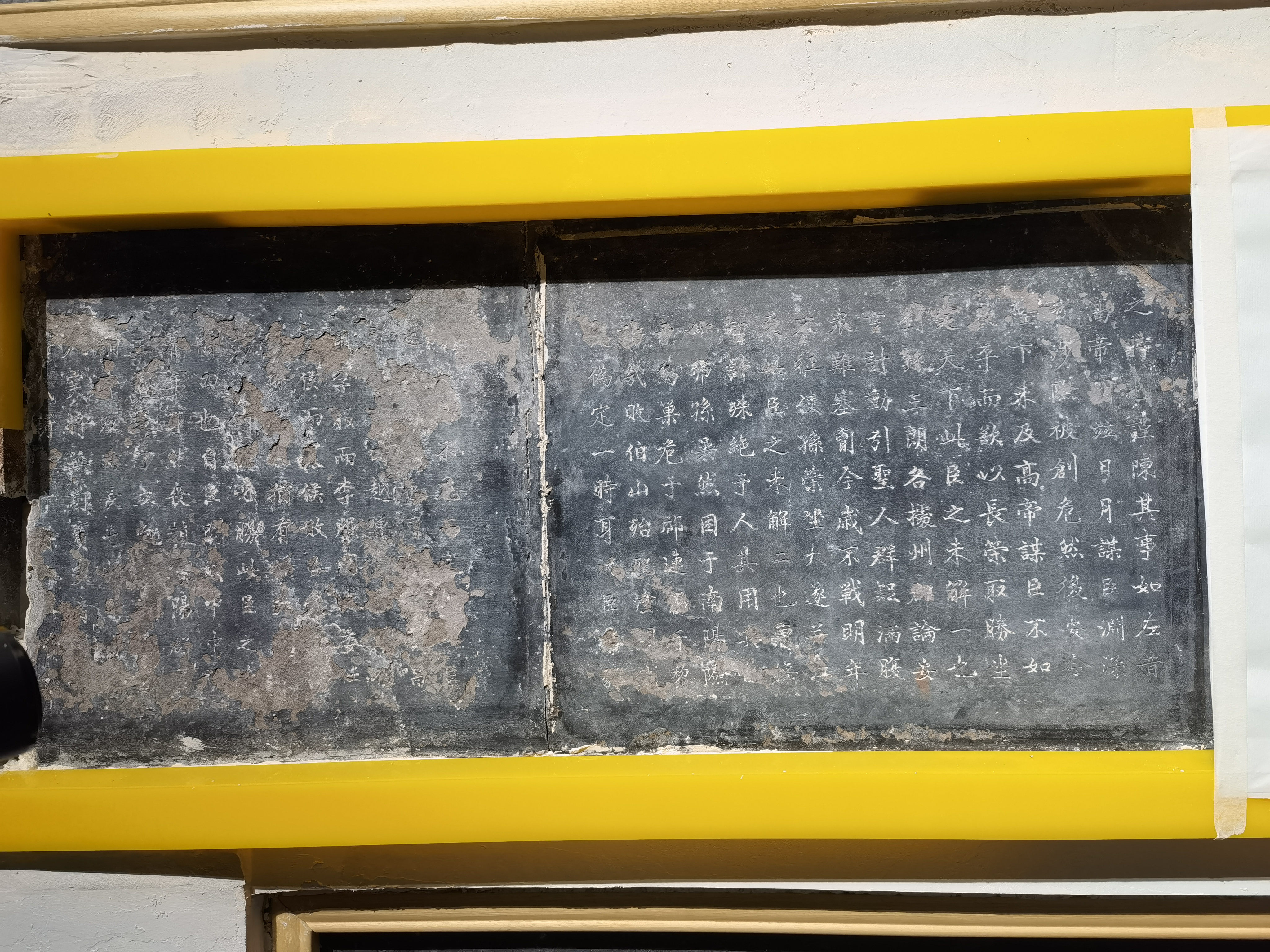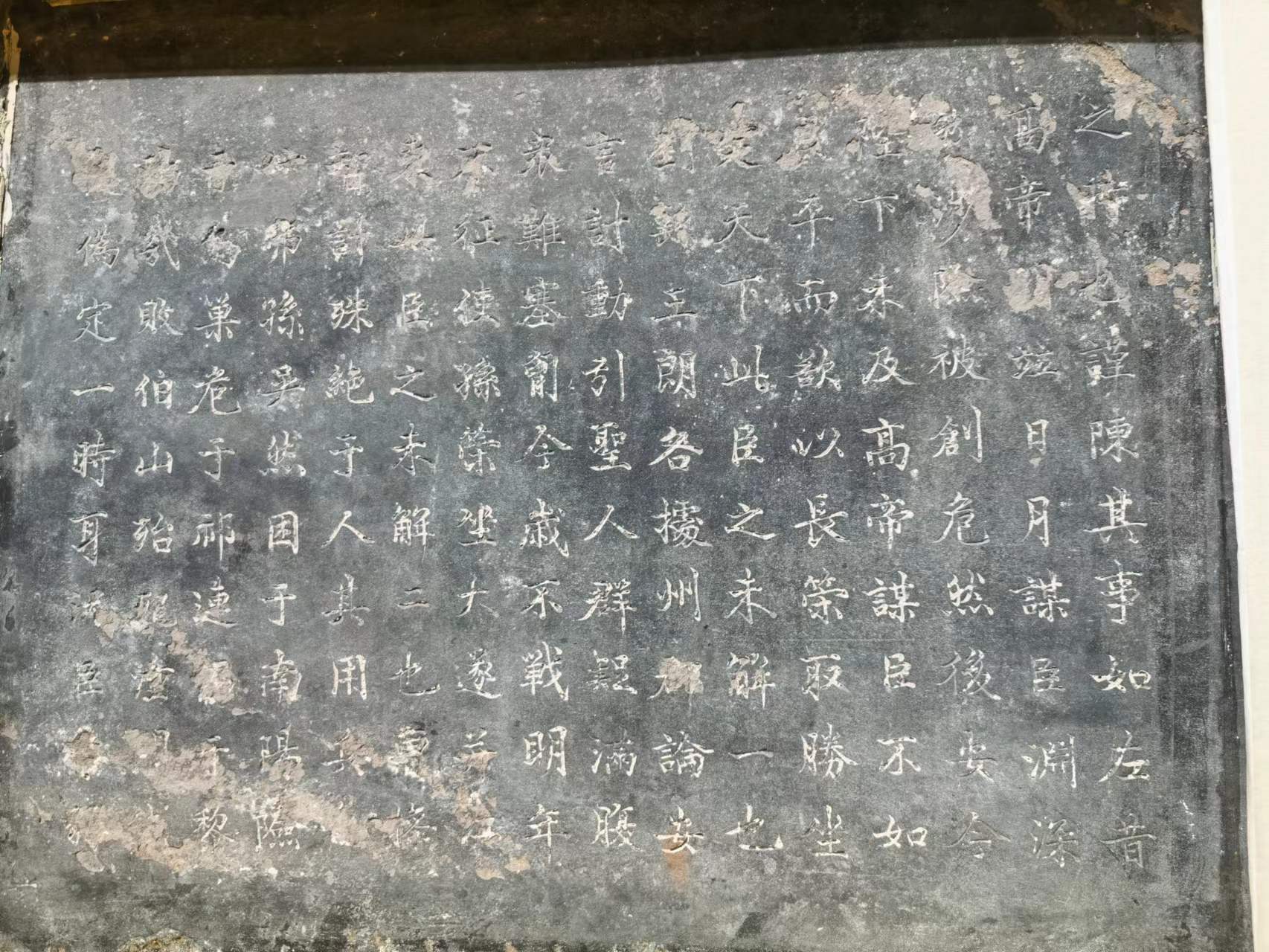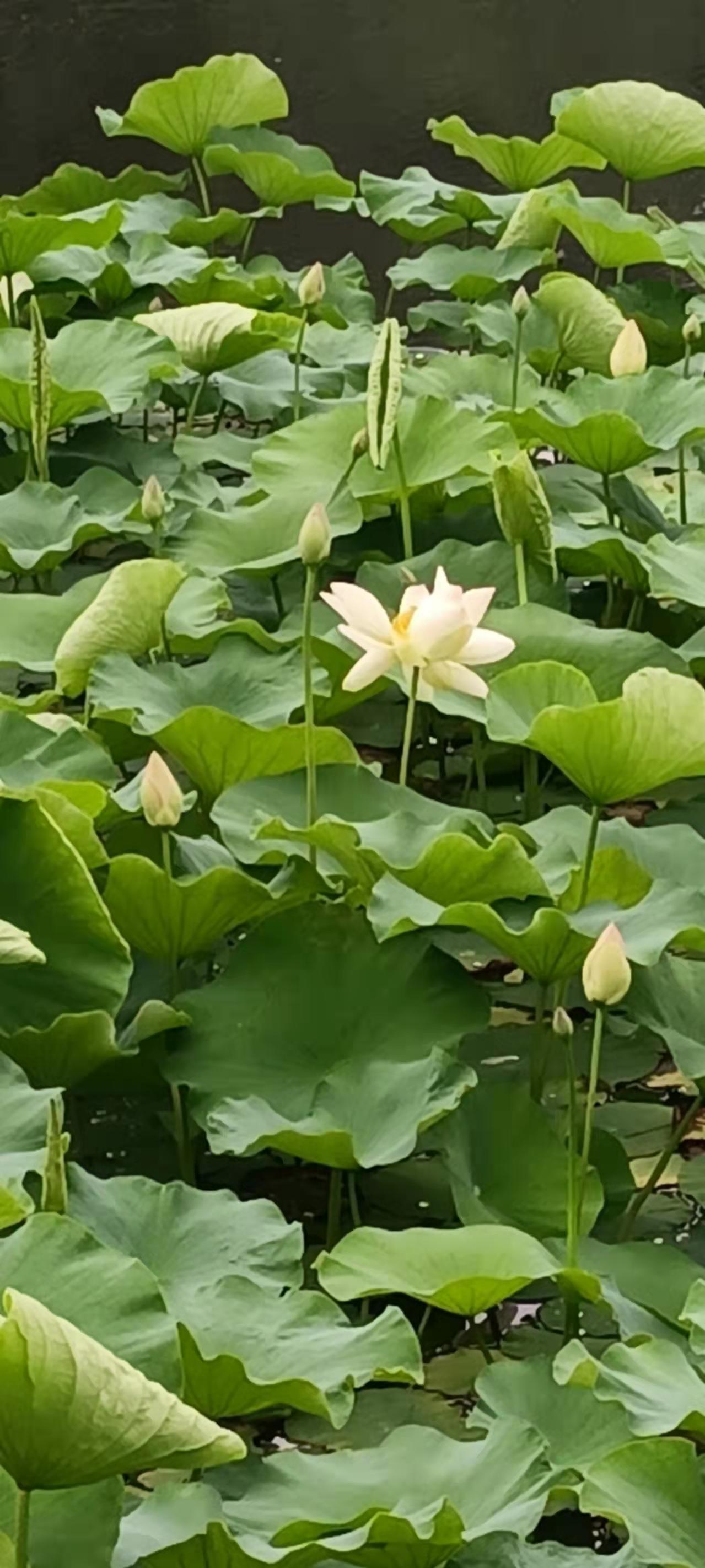Tibetan monument in the wall!Chengdu Wuhou Temple Museum New Discovery 8 Tongqing Daixian Monument
Author:Red Star News Time:2022.06.28
In February of this year, the Wuhou Temple Museum found that the wood frame of the north wall of the Zhuge Liang Temple was abrasion in the original display promotion project. When replacing it, the peripheral plastering layer was peeled off, showing the corner of the inside of the wall. After the inscriptions were discovered, the walls of the professional institutions were scanned and cleaned up, and a total of 15 monuments were found. According to the space location and inscription content, it was judged that it belonged to 8 inscriptions. Today (28), the Chengdu Wuhou Temple Museum held a news ventilation meeting to introduce these new discovery inscriptions to the public.
It is reported that these monuments were the earliest in 1672 (eleven years of Kangxi in the Qing Dynasty), 350 years ago; at the latest of 1821 (the first year of the Qing Daoguang), and in 201, all the monuments span 150 years before and after. Among them, the 5 -way monument is recorded in the Wuhou Temple historical expert "Zhaolong Zhongwu Mountain Temple" compiled during the Qing Daoguang period. This discovery is confirmed with each other; Important supplement to history.
The inscriptions are diverse, including the title of Sichuan main administrative officials, the Qianlong Chaoyuan book "Teacher's Table", the records of the sacrifice activities of the Wuhou Temple, and the literati and the guest visit to stay in calligraphy and painting.

The stele hidden in the wall
Under the guidance of expert consultants, the Wuhou Temple Museum (National Cultural Research Center of the National Three Kingdoms) led by senior scholars, organizing professional teams to conduct a large number of visits, inspection, records, and replenishment. Studies have shown that this new discovery has great value for inheriting excellent traditional culture, promoting Chinese civilization, charm of Bashu, and the spirit of the times.
Chengdu Wuhou Temple is the only Museum of the Three Kingdoms Religious Museum in China, the only monarch and minister's ancestral temple and the world's most influential impact. It started in 223 AD. In 1672, the building pattern was formed by large -scale renovation in 1672. On the occasion of the 1800th anniversary of Wuhou Temple and the 350th anniversary of the construction pattern, the new discovery of the inscription is very significant. Just as one of the monuments, "Donation of the Monument to the Ceremony": "The loyalty is the world, Deze feels the hearts of the people", the celebration and the old age, and the east wind enters the law. Organic renewal, inheritance innovation, and rejuvenation.
The Wuhou Temple, as the "Sanctuary of the Three Kingdoms", commemorates the commemorative place of the Shu Han hero. From ancient times to the present, it has been a place of respect and longing for people. In this process, some monumental art boutiques are hidden in the wall by the purpose of the predecessor for protection. This discovery this time is a rare and difficult to meet in the domestic historical architecture museum.
The Three Kingdoms is an era of standing in the world. Among the three kingdoms of Wei and Shu and Wu, only Shu Han established the orthodox country as the Han Dynasty, and his longing for the country's unity was the strongest. In the history of Shu Han, we can see the righteousness of the monarchs, the feelings of the brothers, the hardships of the time of overcome, and exhausting the time. In their stories, people see the essence of the excellent Chinese traditional culture "benevolence, righteousness and wisdom," and "gentle and respectful frugality", which is a universal values. As the most representative and influential figures of the Shu Han and even the Three Kingdoms, Liu Bei and Zhuge Liang commemorate their places to be valued by the past. The relationship between the Wuhou Temple and Chengdu is the symbiosis of culture and the city. Cities are infiltrated in culture, and culture inherits and develops in cities.

Time and space dialogue that spans 350 years
On the north wall of the Zhuge Liang Hall of Wuhou Temple, the seemingly mottled and simple temple wall, because of the main place in the main hall, has always been emphasized. Coupled with this new discovery, there were 25 monuments in the wall, up to 1518 (thirteen years of Ming Dynasty), and 1930. Society of society and literati in all ages chanted history here, and felt the new era of revolution, and talked about the hearts of bowing.
In history, during the prosperous period of Chengdu, officials and the people will give priority to the repair of the Wuhou Temple and the sacrifice activities of the famous generation Zhuge Liang. Essence In the period of turbulence and people's minds, people will also consolidate people's hearts and rejuvenate in the name of organizing the repair of Wuhou Temple. The newly discovered "Eyes and Mountains" monument, the author was the then Sichuan inspection, Song Kefa, and the large -scale repair project of the Wuhou Temple's construction pattern today in 1672 was initiated by him. This monument is the only true trace of Wuhou Temple, which can be described as a time -space dialogue that spans 350 years. At that time, the Sichuan warfire was settled, hundreds of wastes, and the hearts of people's hearts. "The natural scenery of the universe in the chest, the bottom of the eyes is endless poetry", and one monument, which shows that Tianfu culture is optimistic and tolerant, and the family feelings of the world.
The newly discovered "Ceremony of the Ceremony of the Ceremony" reproduced the spectacular scene of the sacrifice of the Qianlong Shengshi Temple. "The temple is towering, the scholars are salty", and people are the glory of the glory of "Jing Yang Zongchen and Swen Tongguang". The inscription records the donation list of dozens of people. The people of the four seas and the four seas are generous for the new temples and the continuous context.
It is reported that the number of stone carvings in the Ming and Qing dynasties was large and distributed widely. At present, there is no systematic finishing work in this field.The Wuhou Temple Museum will take this new discovery inscription as an opportunity to comprehensively improve the position, based on the national strategic overall overall and the overall development of the provincial and municipal development, in -depth research, organic renewal, coordinated display, inheritance promotion, opening up, opening up, opening upSharing and strive to create a model project for the protection, research, display, and use of the practice of the entire process of heritage.Red Star News reporter Zeng Qi
Edit Li Jie
- END -
Yi Yun and Poetry: Xia Ye Hao Yu

Drumming Ye Yuhao,Water hibiscus is spoiled.Light smoke, green willow green,Xinzhi...
Writing open class | Improving story: What is the experience of walking for 10 years, what is the experience of writing 5,000 people?

Can't write the bottleneck when writing?Why do you always have so many things to w...